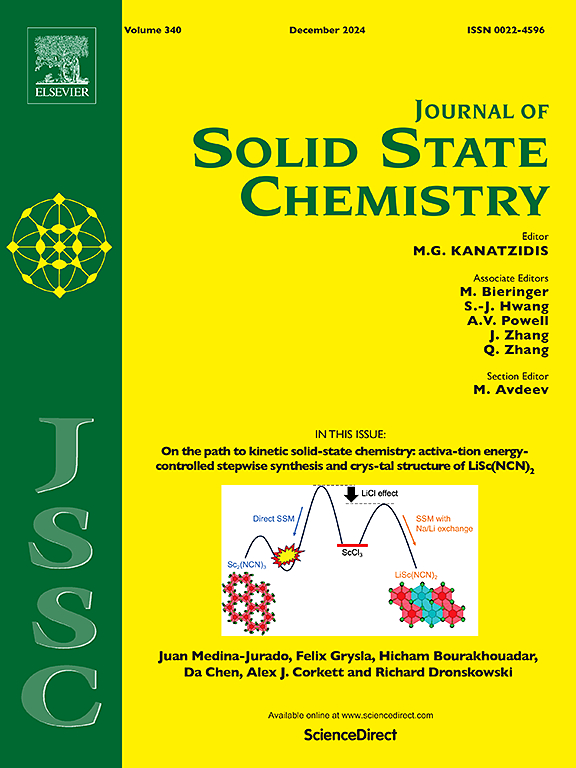Highly efficient photocatalytic MO degradation by ZnCdS composite photocatalyst modified with MgTi2O5
IF 3.2
3区 化学
Q2 CHEMISTRY, INORGANIC & NUCLEAR
引用次数: 0
Abstract
Recently, ZnCdS has become an attractive visible-light-driven photocatalyst due to its tunable band gap and suitable band edge position. However, fast recombination of photo-generated carriers in ZnCdS still restricting its industrial application. In this paper, a novel and high-efficiency MgTi2O5/ZnCdS composite was constructed by in situ growth of ZnCdS nanoparticles on MgTi2O5. The photocatalytic activity of the Mg2TiO5/ZnCdS composite was evaluated using methyl orange (MO), tetracycline (TC), and methylene blue (MB). The results show that the as-prepared hybrid exhibited highly efficient photocatalytic activity under visible light irradiation, and the degradation efficiencies in 1 h reach about 93 %, 96.2 % and 94.5 % for MO, TC and MB, respectively, while the pure ZnCdS show only 60 % degradation efficiency under the same conditions, respectively. The improved photocatalytic activity could be attributed to the high efficient charge separation and fast charge transport in the MgTi2O5/ZnCdS composite, which are mainly due to the built-in electron field formed at the joint of the Mg2TiO5/ZnCdS heterojunction.

求助全文
约1分钟内获得全文
求助全文
来源期刊

Journal of Solid State Chemistry
化学-无机化学与核化学
CiteScore
6.00
自引率
9.10%
发文量
848
审稿时长
25 days
期刊介绍:
Covering major developments in the field of solid state chemistry and related areas such as ceramics and amorphous materials, the Journal of Solid State Chemistry features studies of chemical, structural, thermodynamic, electronic, magnetic, and optical properties and processes in solids.
 求助内容:
求助内容: 应助结果提醒方式:
应助结果提醒方式:


